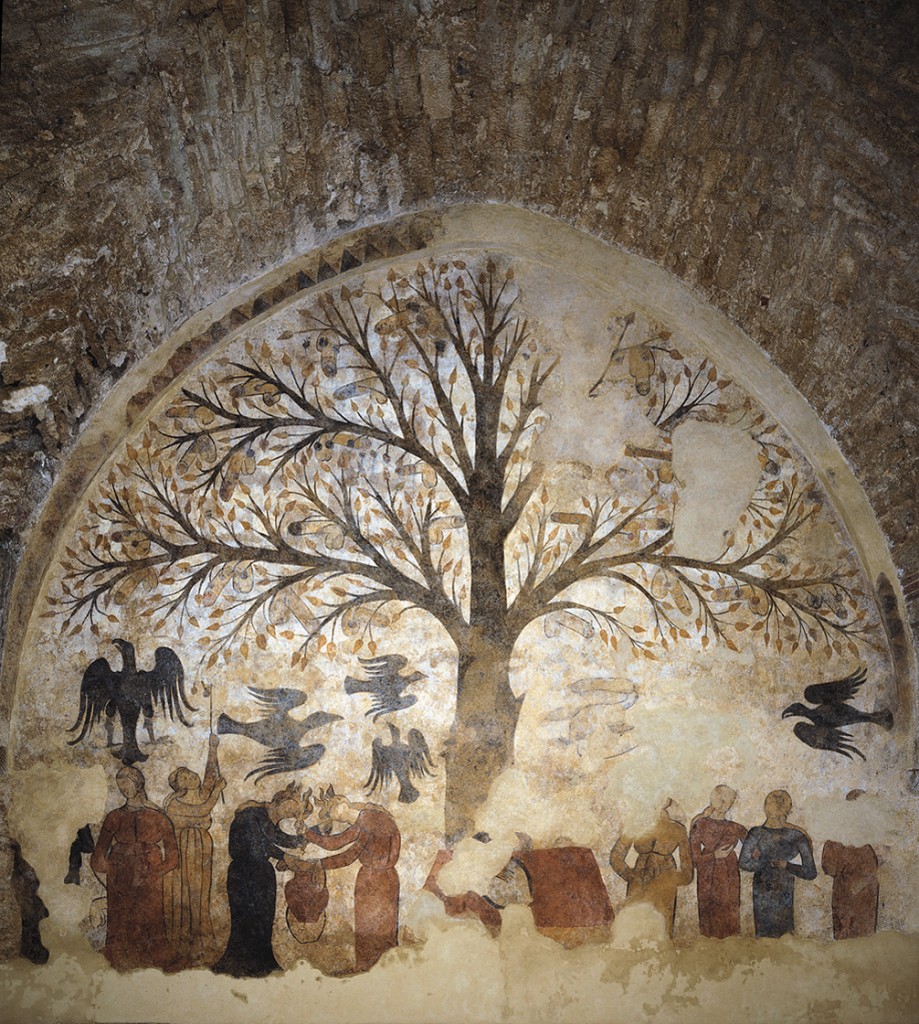

5 most beautiful fountains in Tuscany
Amidst art, legends and history
Many of Tuscany’s villages and cities are home to historic, beautiful fountains that were created to bring water to the towns. Far from being simply functional, they are splendid monuments in their own right. We’ve put together a list of some of the most stunning that the region has to offer.
-
1.The Porcellino in Florence
-
2.“Fontana delle Sette Cannelle” in Pitigliano
-
3.Fonte Gaia in Siena
-
4.Fountain of Abundance in Massa Marittima
-
5.Fata Morgana Fountain in Grassina, Bagno a Ripoli
The Porcellino in Florence

Let's start with one of the symbols of Florence: the Porcellino, a bronze boar fountain in front of the Loggia del Mercato Nuovo, a few steps from piazza della Signoria. The one on display is a copy made in the 17th century by Pietro Tacca based on the marble original, which was donated by Pope Pius IV to Cosimo I in 1560 and is today housed in the Museo Bardini. There’s a popular superstition about this statue: legend says that it brings good luck if you insert a coin into its mouth while rubbing its snout. If the coin falls into the grate at the foot of the fountain, the luck is yours!
“Fontana delle Sette Cannelle” in Pitigliano

There’s a charming village in the south of Tuscany called Pitigliano, perched atop a cliff of tuff rock and known as Little Jerusalem. The town is also home to the “Fontana delle Sette Cannelle,” or Fountain of the Seven Spouts: this imposing structure vaunts five arches and beautiful sculptures depicting the head of an animal, and it was built in 1500 to complete the Medici aqueduct.
Fonte Gaia in Siena

One of the most beautiful and famous fountains in Tuscany is definitely Fonte Gaia, located in the heart of piazza del Campo in Siena. “Gaia” means happy, and represents the happiness with which the Sienese people welcomed the arrival of water in the square in 1346, the year it was inaugurated. It was a small miracle of hydraulic engineering: to make it work, a 30-km underground well was built. Fonte Gaia is a true work of art, adorned with statues by Jacopo della Quercia. The original sculptures were unfortunately damaged over time and are now on display at Santa Maria della Scala.
Fountain of Abundance in Massa Marittima

The Fountain of Abundance in Massa Marittima is a historic and very unique public fountain built in the centre of the village, with three large pools and impressive Gothic arches. In 1999, during a restoration of the walls, a really special fresco came to light under several layers of plaster and limestone: it represents the Tree of Fertility and dates to mid-13th century. What makes it so special? The large tree is decorated with male genitals instead of leaves, which was probably a symbol of fertility.
Fata Morgana Fountain in Grassina, Bagno a Ripoli

This fountain is one of Tuscany’s best kept secrets. The Fata Morgana Fountain, near Grassina, Bagno a Ripoli, was built in the 16th century by Bernardo Vecchietti and once housed a statue dedicated to Fata Morgana sculpted by Giambologna. According to a local legend, the spring water had magical properties: anyone who drank it would stay young forever. The fountain is also said to be a meeting point for nymphs, fairies and other magical creatures after sundown.



























































